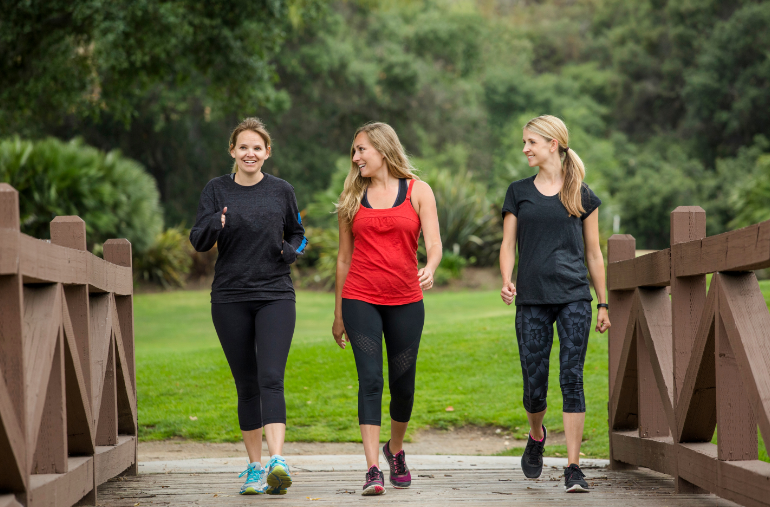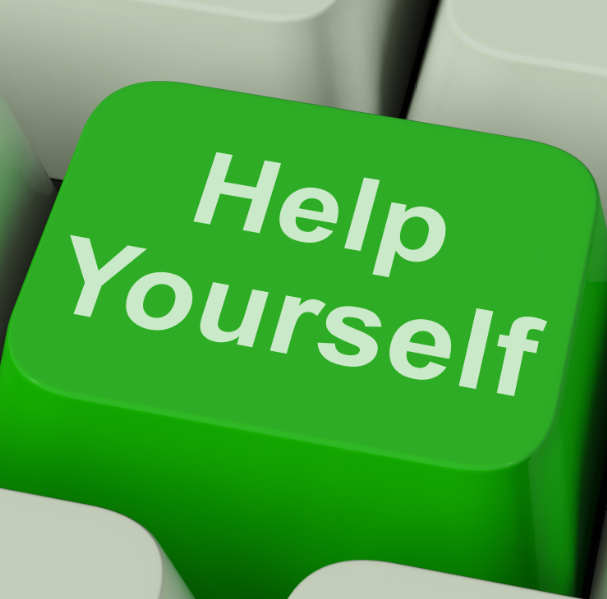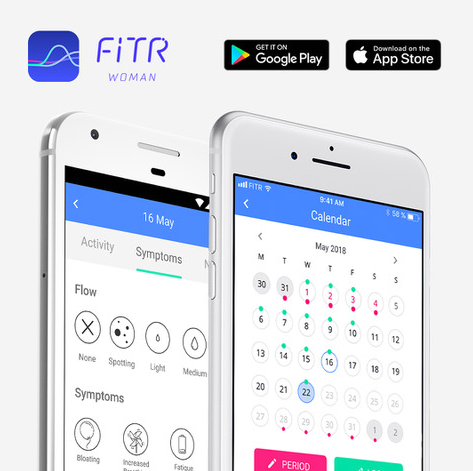Is my menstrual cycle affecting my exercise and performance?
By Mike James | 8th April 2019 | Advice
Is my menstrual cycle affecting my workouts and performance?

How the menstrual cycle affects a female’s exercise and performance can be very individual. SportsInjuryFix.com teamed up with leading Exercise Physiologist Esther Goldsmith who offers her thoughts and expertise on how and why this can affect your performance as well as some practical tips to help cope with it.
Periods. Typically, a cyclical inconvenience that we (as females) kind of wish we didn’t have to deal with. Not only do they mean emergency trips to the shops and sometimes frequent excuses to leave your desk, but they also can have a huge impact on sports performance and motivation to exercise, leaving you feeling disgruntled with your own body.
In fact, about 55% of runners interviewed at the London Marathon Expo in 2015 said their menstrual cycle affected their running training and / or performance. And those women are not alone… slowly but surely, professional athletes have started to speak up about how their menstrual cycle, specifically the symptoms they experience pre-menstrually (i.e. PMS), have really affected them.

These include tennis player Heather Watson, swimmer Fu Yuanhui, and long-jumper Jazmin Sawyers. Young women going through puberty are especially affected, particularly as this is when periods are more erratic, may be heavier, and symptoms may be exaggerated. In fact, Women in Sport UK found that 42% girls will skip exercise when they’re on their period. In a time when many people don’t meet the exercise guidelines set by the department for health, this could prove to be significant.
So… if there is clear evidence that your menstrual cycle can affect how you feel physically and psychologically, and this subsequently affects your workouts and performance (in sport and in life!), why hasn’t anything been done about it? Why don’t women feel they can find a solution, or speak to their coach/trainer (or even their friends) about their symptoms?
History and traditional beliefs.
There is an historical taboo around talking about menstrual cycles and periods. This probably stems from a time when society was very much governed by the patriarchy. In turn, this has led to a lack of research and understanding surrounding the menstrual cycle. For example, in the early and mid-1900’s, women were banned as participants in research studies, partly in order to protect any unborn foetuses, but also because the biological differences between men and women were not fully appreciated. Thankfully, we have come to understand that men and women react to stimuli differently due to underlying differences in our biology and physiology. As such, research into this area is a slowly growing field.
Hormones.
These are one of the main reasons that women respond and perform differently to men. Their levels are in constant fluctuation in pre-menopausal women and, as such, impact how we feel and perform. The two key hormonal players are oestrogen and progesterone. Their primary role is to drive the menstrual cycle for the purposes of reproduction, however, both oestrogen and progesterone travel in the blood stream and, as a result, they impact every other system in your body…
The Menstrual cycle
Here’s a quick run of some the menstrual cycle and some possible effects that changes in Oestrogen + Progesterone can have:
At the start of the cycle (day 1, first day of bleeding), oestrogen and progesterone are both low in concentration, having just dropped in the pre-menstrual period. It is largely because of this drop of hormone levels (which causes the bleed) that you may experience menstrual-cycle related symptoms, such as mood-changes and cramps. However, at this time you may also feel more energised and able to push a bit harder during a workout. Anecdotally this occurs on day 2 onwards. This is called Phase 1, or the early follicular phase.
Once you stop bleeding, oestrogen levels start to increase and you’re now more reliant on fats for fuel during low and moderate intensity exercise, rather than carbohydrates. When oestrogen reaches its peak (just before ovulation) there is a window where injuries such as ACL tears are more likely to occur. This is due to the effect of oestrogen, in isolation, increasing ligament laxity, making the joint less stable and prone to injury during short, sharp movements and changes of direction. This is Phase 2, or the mid-to-late follicular phase.
Ovulation happens about 14 days before the start of the next cycle (i.e. day 14 of a 28-day cycle or more like day 21 if you have a 35-day cycle). Some women may experience pain or symptoms related to ovulation at this time.
After ovulation, progesterone levels rise, and your core body temperature increases. This may increase your sweat response and temperature sensitivity.
Endurance efforts may feel easier during this phase because of the continued preference for fat to provide energy during low and moderate intensity exercise, which spares your glycogen (sugar) stores for when you really need them. This is Phase 3, or the early/mid luteal phase.
Progesterone and oestrogen levels start to drop towards the end of the cycle. This can cause an inflammatory response, and with it, bring symptoms of PMS (pre-menstrual syndrome) and PMDD (premenstrual dysphoric disorder). Blood sugar levels are more unstable at this time, causing those cravings! This is Phase 4, or the late luteal/premenstrual phase.
This drop off in hormones stimulates the shedding of the lining of the uterus (your period), and thus the cycle begins again.

What can I do?
So, what can I do to keep active and not feel like my menstrual cycle has a negative effect on my performance, training or workouts...
Low and moderate intensity exercise is your friend - even if you’re in pain or feeling so fatigued that you just want to curl up, going for a slow jog, a walk or doing a less intense gym class can really help.
Focus on sleep and reducing stress - easier said than done, but these two things are crucial to help reduce inflammation, which may be exacerbating symptoms of PMS.
In phase 2, when that ligament laxity is increased, focus on activation and mobilisation drills before your workout.
Optimise your nutrition... nutrients like magnesium, calcium, vit B and D and iron can all be found in delicious foods, and so if you can, add some sources of these into your diet. Green leafy veg, whole grains, nuts and seeds, and oily fish are the stars of this show.

This is why sports science and data analytics company, Orreco, have created a programme and app called FitrWoman. The app is free to download on the App Store and Google Play, and, to quote Judy Murray, is “a complete game-changer for women”. The app can help you:
- LEARN about the changes in your body and hormones throughout the cycle, and how these may affect your physiology.
- TRACK your cycle and your symptoms, staying ahead of the game and allowing you to prepare.
- LOG your workouts (either manually or by connecting your account with Strava) so that you can look at your exercise and performance alongside your menstrual cycle.
- FUEL your performance effectively to compliment your menstrual cycle, and to help with any symptoms that may occur.
- TRAIN and workout in alignment with what your body needs!
- COOK simple and tasty recipes, that have all been matched by menstrual cycle phase to give you the nutrients that you need every day.
-PREPARE for times in your cycle where you might be more prone to injury and illness… take the preventative approach
All in all, it’s about empowering yourself with the tools and knowledge of your hormones so you can work with it, making smart choices and small adjustments and be your best self on any given day.
To find a therapist that can help you maximise your performance and reduce injury risk, visit SportsInjuryFix.com today.
